As the vibrant colors of summer give way to the crisp air and golden leaves of fall, many spiritual practitioners turn their attention to Mabon, the celebration of the Autumn Equinox. This sacred time, steeped in ancient tradition, marks the moment when day and night are of equal length, symbolizing balance and the harmonious transition from the warmth of summer to the cooler days of fall. For those in the Pagan and Wiccan communities, Mabon is a time to honor the harvest, reflect on the year, and prepare for the introspective months ahead.
In this article, we’ll delve into the origins and history of Mabon, explore various ways to celebrate Mabon, and offer Mabon ritual ideas that align with both ancient and modern practices. We’ll also discuss the deities associated with Mabon, the magical energies of the Fall Equinox, and how to integrate these practices into your spiritual journey. Whether you’re new to the celebration or looking to deepen your understanding, this guide will provide you with everything you need to honor the Autumn Equinox in a meaningful way.
What is Mabon?
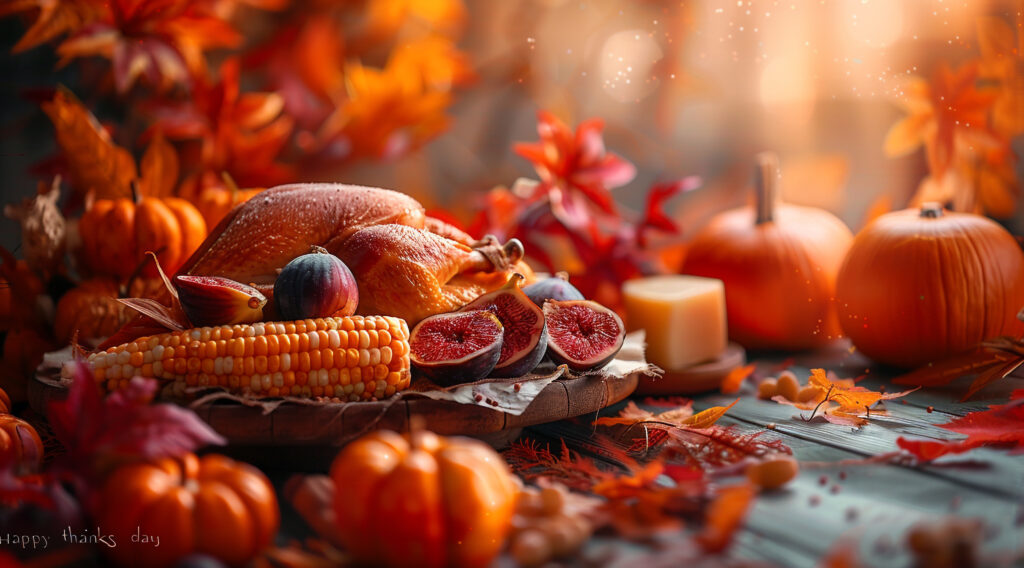
Mabon, often referred to as the Pagan Thanksgiving, is a festival celebrated on the Autumn Equinox, typically around September 21st-23rd in the Northern Hemisphere. But what is Mabon exactly? The name “Mabon” is derived from Mabon ap Modron, a figure from Welsh mythology who symbolizes youth, love, and the harvesting of the fruits of our labor. This is a time to give thanks for the abundance of the earth, to balance our energies, and to prepare for the coming winter.
The celebration of Mabon is a relatively modern addition to the Pagan Wheel of the Year, but it draws heavily on ancient traditions. In Celtic autumn equinox practices, this was a time of thanksgiving, marking the second harvest when fruits, vegetables, and grains were gathered. The balance of light and dark during the equinox also reflects the balance in our lives and the need to prepare for the darker days ahead.
The History of Mabon and the Autumn Equinox
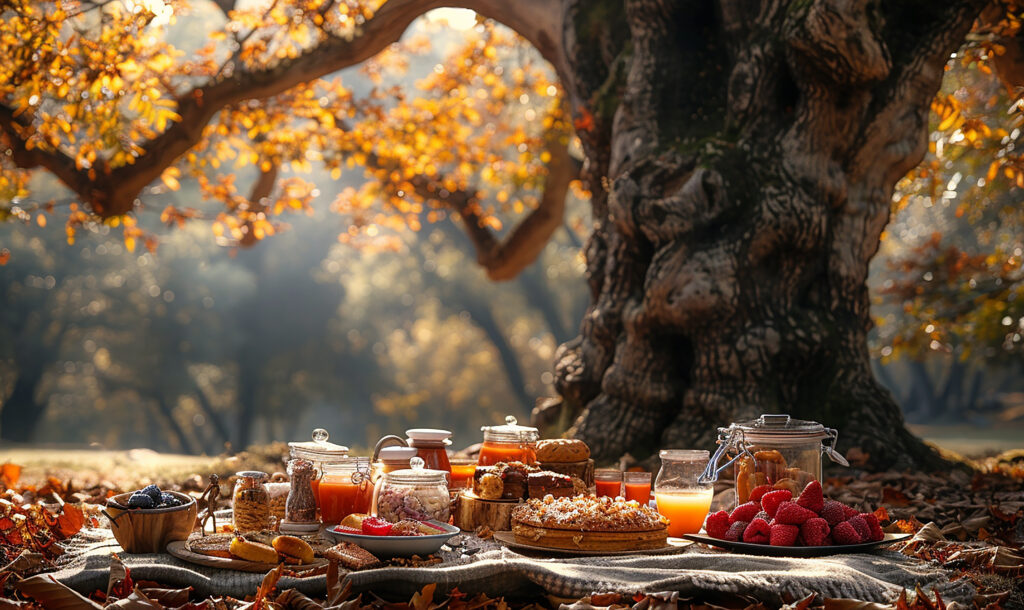
The history of Mabon is deeply rooted in ancient traditions, particularly those of the Celts and other European cultures. While the name “Mabon” itself is a more recent addition to Pagan practice, the celebration of the autumn equinox pagan roots go back centuries. For the Celts, the equinox was a time of harvest, a moment to honor the changing seasons and the earth’s bounty. The equinoxes were seen as powerful times when the veil between worlds was thin, making it an ideal time for magic and spiritual reflection.
In Wiccan traditions, Mabon Wicca celebrates the balance of light and dark, life and death, and the cycle of the seasons. It is the second of the three harvest festivals, following Lammas and preceding Samhain. The equinox is also a time to honor the Mabon deities, such as the Greek goddess Demeter, who presides over the harvest, and the Celtic god Mabon, who symbolizes the gathering of fruits and the nurturing of life.
Ways to Celebrate Mabon
There are countless ways to celebrate Mabon, each offering a unique way to connect with the earth and the changing seasons. Whether you prefer solitary practice or group rituals, here are some ideas to inspire your Mabon traditions:
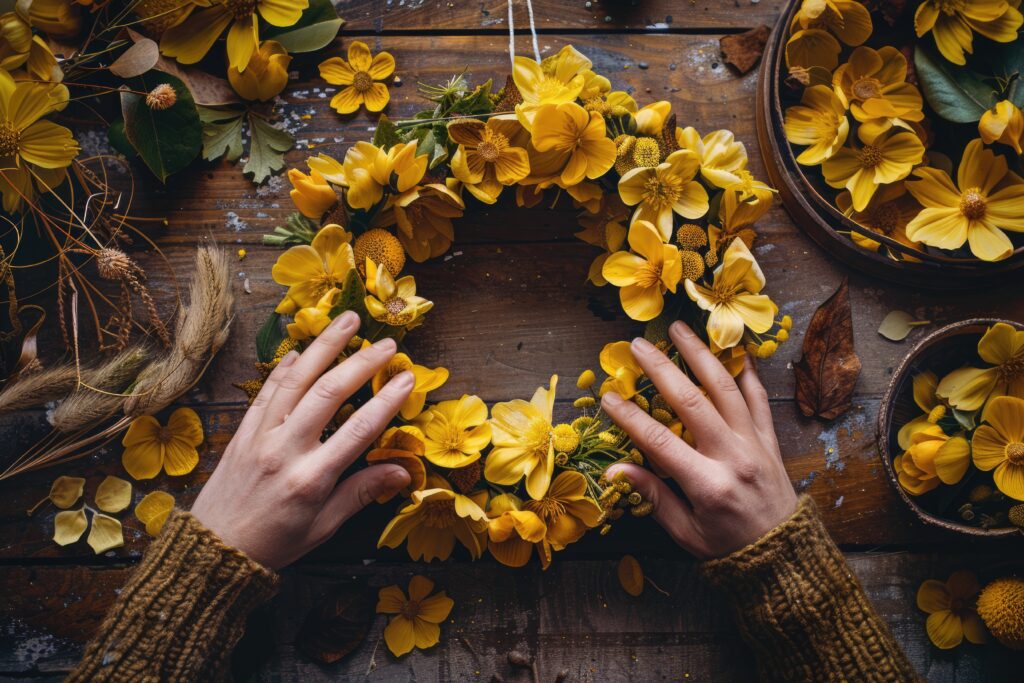
- Harvest Feast: Prepare a meal using seasonal produce such as apples, pumpkins, and grains. Invite friends and family to share in the abundance, and offer thanks for the harvest.
- Create an Altar: Decorate your altar with symbols of the season—autumn leaves, acorns, and candles in traditional Mabon candle colors like gold, orange, and brown. Include representations of the Mabon goddess or Mabon god you wish to honor.
- Gratitude Rituals: Write down things you are grateful for and burn the list as an offering to the earth. This is a powerful way to acknowledge the blessings in your life and release any negativity.
- Nature Walks: Take a walk in nature to observe the changes in the landscape. Collect leaves, nuts, and seeds to use in your Mabon ritual ideas or as decorations for your home.
- Mabon Spells: Perform Mabon spells that focus on balance, protection, and abundance. These can be simple spells using seasonal herbs and crystals, or more elaborate rituals depending on your practice.
Mabon Ritual Ideas and Practices
For those looking to deepen their spiritual practice, incorporating fall equinox rituals into your celebration of Mabon can be a transformative experience. Here are some Mabon ritual ideas to consider:

- Balance Meditation: On the day of the equinox, meditate on the concept of balance. Visualize the balance of light and dark within yourself and the world. Reflect on areas of your life that need balancing and set intentions for the coming months.
- Offering Ritual: Create a sacred space in your home or garden and offer gifts to the earth, such as fruits, flowers, and herbs. This ritual can be done alone or with others and serves as a way to give back to the earth and honor the harvest.
- Mabon Deity Invocation: Invoke the energy of a Mabon deity that resonates with you, such as Demeter, Mabon ap Modron, or another harvest god or goddess. Offer prayers, light candles, and ask for their guidance in your life.
- Candle Magic: Use Mabon candle colors in a simple candle magic ritual. Light a candle and focus on what you wish to manifest or release during this time. As the candle burns, visualize your intentions coming to fruition.
- Crafting with Nature: Engage in Mabon activities that involve crafting with natural materials. Create wreaths, garlands, or other decorations using leaves, berries, and other items collected during your nature walks.
Mabon Deities and Their Significance
Mabon deities play a significant role in the spiritual practices associated with the Autumn Equinox. Each deity brings a unique energy and symbolism to the celebration. Here are a few key deities people associate with Mabon:
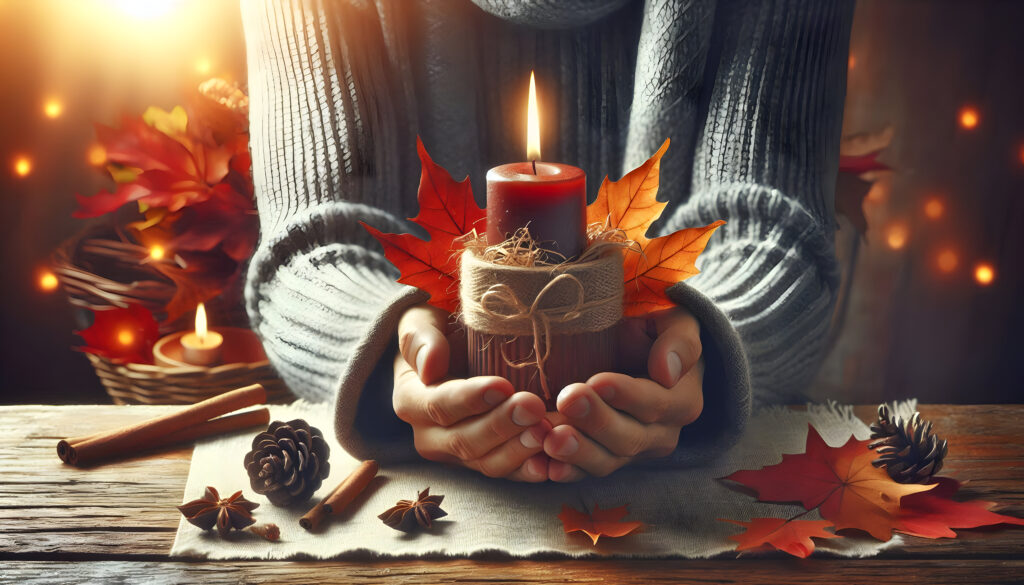
- Mabon ap Modron: As mentioned earlier, Mabon ap Modron is a figure from Welsh mythology. He represents youth, strength, and the harvest. People often invoke him during Mabon for his connection to the earth’s fruits and the nurturing of life.
- Demeter: The Greek goddess of the harvest, Demeter is a central figure in Mabon celebrations. Her story of loss and reunion with her daughter Persephone symbolizes the cycles of life, death, and rebirth, making her a powerful deity to honor during the equinox.
- Persephone: While Persephone is more commonly associated with spring, her descent into the underworld marks the beginning of the darker half of the year, making her relevant to Mabon as well. She embodies the themes of transformation and the balance between light and dark.
- Cernunnos: The Celtic god of the forest and wild animals, Cernunnos is often honored during Mabon for his connection to nature and the cycles of life. He represents fertility, abundance, and the balance between life and death.
- The Green Man: Often depicted as a face made of leaves, the Green Man is a symbol of the earth’s fertility and the changing seasons. Many Pagan traditions revere him as a guardian of the natural world.
Mabon Spells and Magic for the Fall Equinox
The fall equinox magic associated with Mabon is a time of balance and transformation, making it ideal for performing Mabon spells. Here are a few spells that align with the energies of the season:

- Abundance Spell: To attract abundance into your life, gather autumn leaves, a green candle, and a coin. Place the leaves in a circle around the candle, light it, and focus on your intentions for prosperity. Hold the coin in your hand, visualizing it multiplying, and then place it under the candle.
- Protection Spell: Collect acorns, a black candle, and sage. Light the candle and sage, and pass the acorns through the smoke, saying a prayer of protection. Carry the acorns with you or place them in your home to protect against negative energy.
- Balance Spell: Use two candles—one white and one black—to symbolize the balance of light and dark. Light both candles and meditate on areas of your life that need balance. Visualize the energy of the candles bringing harmony to these aspects of your life.
- Gratitude Spell: Write down things you are grateful for on small pieces of paper. Bury them in the earth as an offering of thanks. As you do so, focus on the feelings of gratitude and the blessings you’ve received.
The Importance of Candle Colors in Mabon Rituals
Mabon candle colors play a crucial role in the rituals and spells performed during this time. Each color carries specific energies that can enhance your spiritual work:
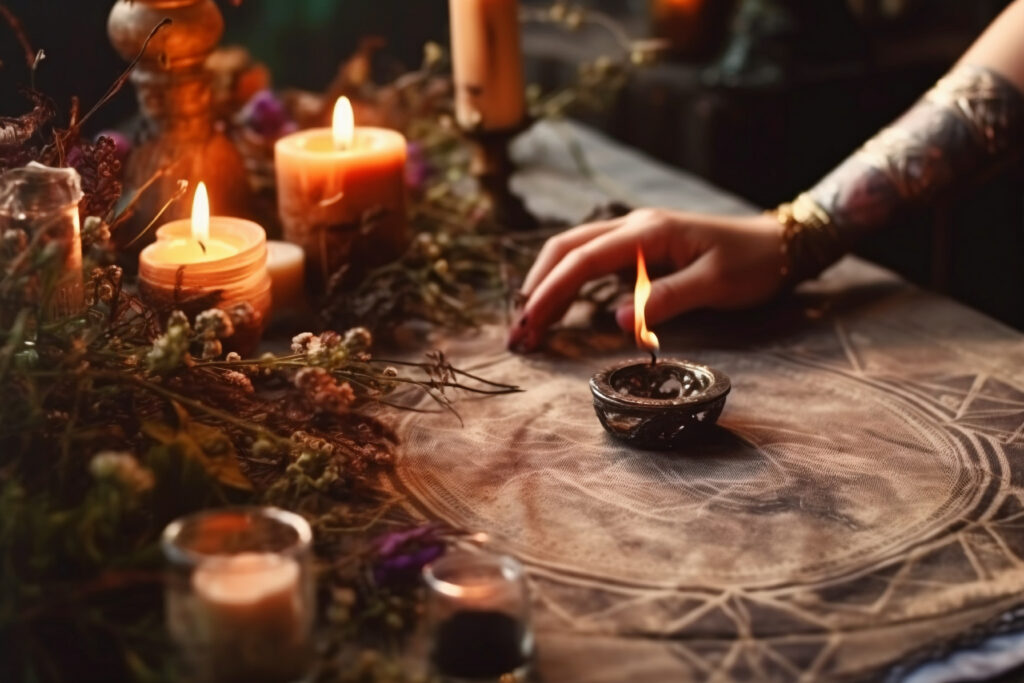
- Gold: Represents the sun, abundance, and the harvest. Use gold candles in rituals for prosperity and success.
- Orange: Symbolizes creativity, energy, and change. Orange candles are ideal for spells related to transformation and motivation.
- Brown: Earthy and grounding, brown candles are used for stability, protection, and connecting with nature.
- Red: Represents strength, courage, and passion. Use red candles in rituals for love, power, and protection.
- Green: The color of growth and fertility, green candles are used in abundance spells and to honor the earth.
Mabon Traditions and Activities

Engaging in Mabon traditions and activities is a wonderful way to connect with the spirit of the season and the energies of the Autumn Equinox. Here are some traditional and modern ways to celebrate:
- Apple Picking: Apples are a symbol of the harvest and are often associated with Mabon. Spend a day at an orchard picking apples, and use them in your cooking, rituals, or as offerings.
- Bonfires: Light a bonfire to celebrate the balance of light and dark. Use the fire to release old energies and welcome new beginnings. It’s also a great way to gather with friends and family for storytelling and reflection.
- Crafting Corn Dollies: Create corn dollies as a symbol of the harvest. These can be used as decorations, placed on your altar, or given as gifts to honor the earth’s abundance.
- Storytelling: Gather with loved ones to share stories, particularly those that celebrate the cycles of life and the changing seasons. This is a great way to connect with the oral traditions of our ancestors.
- Meditation and Reflection: Take time to meditate on the themes of Mabon—balance, gratitude, and preparation for the darker half of the year. Use this time to set intentions for the months ahead.
The Spiritual Significance of the Fall Equinox
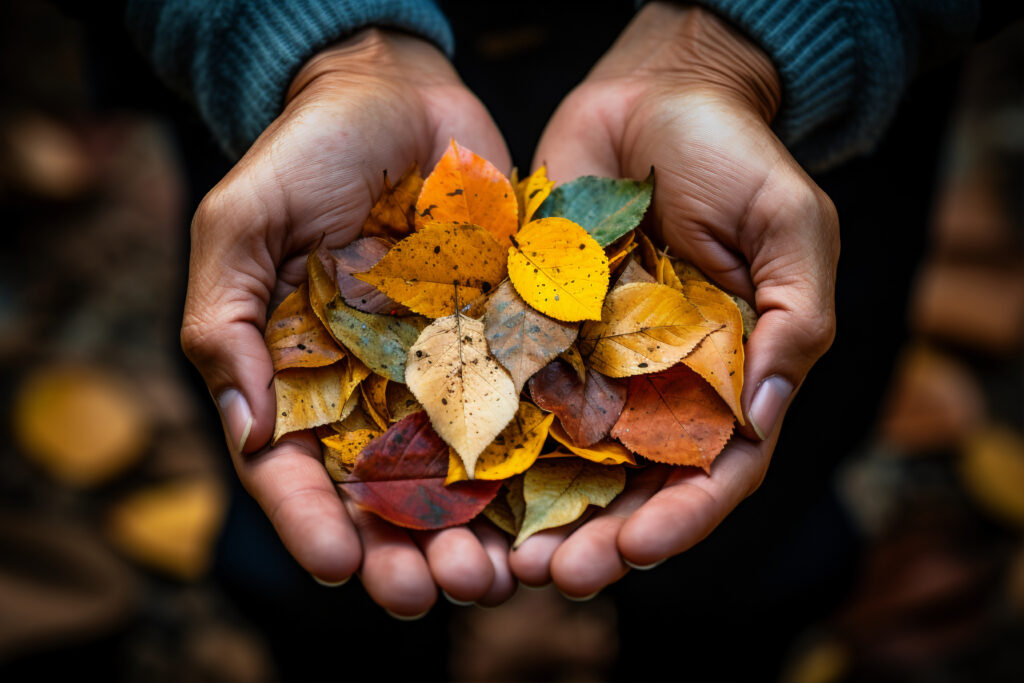
The fall equinox is a powerful time for spiritual growth and transformation. As the day and night stand in perfect balance, so too can we find balance in our lives. The equinox marks a turning point, a time to reflect on the year so far and to prepare for the introspection that winter brings.
The spiritual energies of the autumn equinox pagan traditions emphasize the importance of gratitude, balance, and letting go. This is a time to release what no longer serves us, to give thanks for the abundance we’ve received, and to prepare for the inner work of the winter months.
Incorporating Mabon into Your Spiritual Practice
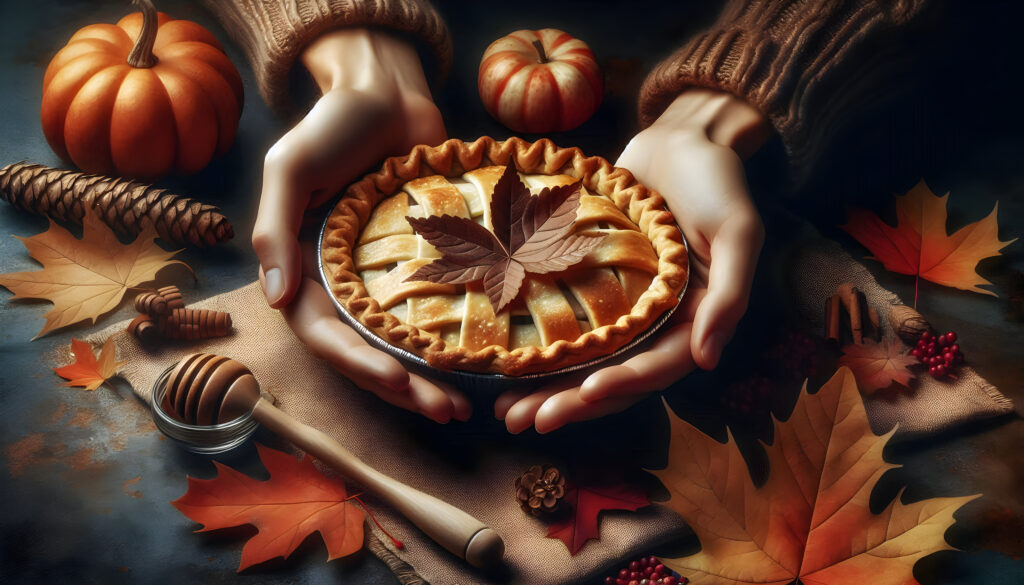
Mabon is not just a celebration of the harvest; it’s also a time for deep spiritual reflection and growth. By integrating the traditions and rituals of Mabon into your spiritual practice, you can align yourself with the cycles of nature and the energies of the earth.
For more on how to integrate ancient spiritual practices into your modern life, be sure to read our article on Integrating Ancient Wisdom into Modern Life: Unlocking Spiritual Growth. This guide offers insights on how to incorporate ancient traditions into your daily routine, fostering a deeper connection with your spiritual path.
Additionally, the equinox is a time of transformation, much like the powerful shifts that occur during a solar eclipse. To explore the spiritual significance of these celestial events, check out our article on the Spiritual Meaning of Solar Eclipses: Transformation & Awakening. Understanding these energies can enhance your Mabon celebrations and deepen your spiritual practice.
External Resources for Further Exploration
For those interested in deepening their understanding of Mabon and the Fall Equinox, consider exploring The History of the Autumn Equinox, which delves into the ancient roots of this celebration across various cultures. Additionally, Mabon and the Harvest Festivals provides a detailed look at how different traditions around the world honor the harvest and the changing seasons.
Conclusion
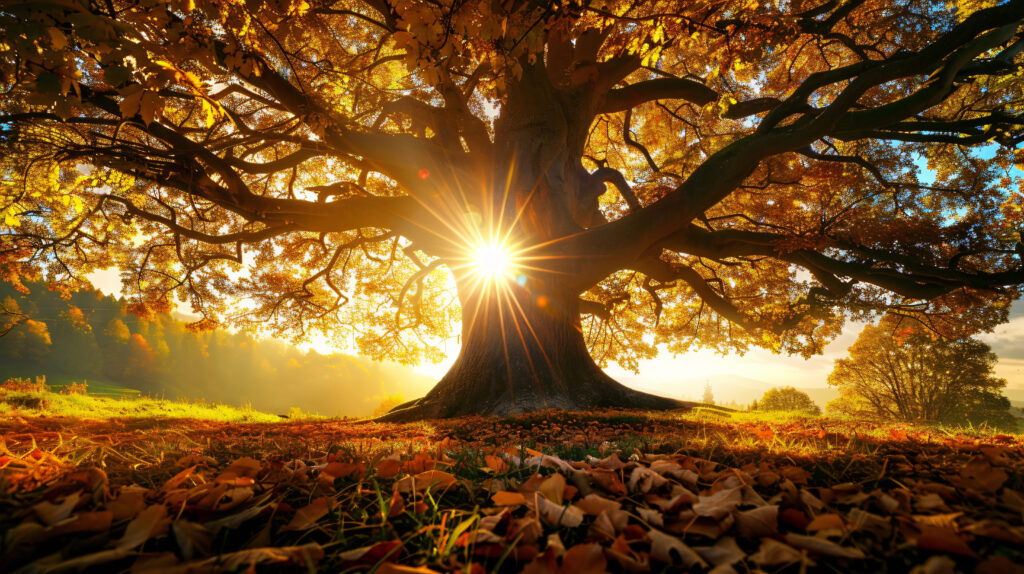
Mabon is a rich and multifaceted celebration that offers countless opportunities for spiritual growth, reflection, and connection with the natural world. By understanding the history, traditions, and rituals associated with Mabon, you can create a celebration that is meaningful and resonant with your own spiritual path.
Whether you are practicing Wicca, engaging in activities with loved ones, or simply taking time to reflect on the balance of light and dark, the Autumn Equinox is a time to honor the earth, give thanks for the harvest, and prepare for the journey ahead.
As you celebrate this year, may you find balance, abundance, and deep spiritual fulfillment. Merry Mabon!

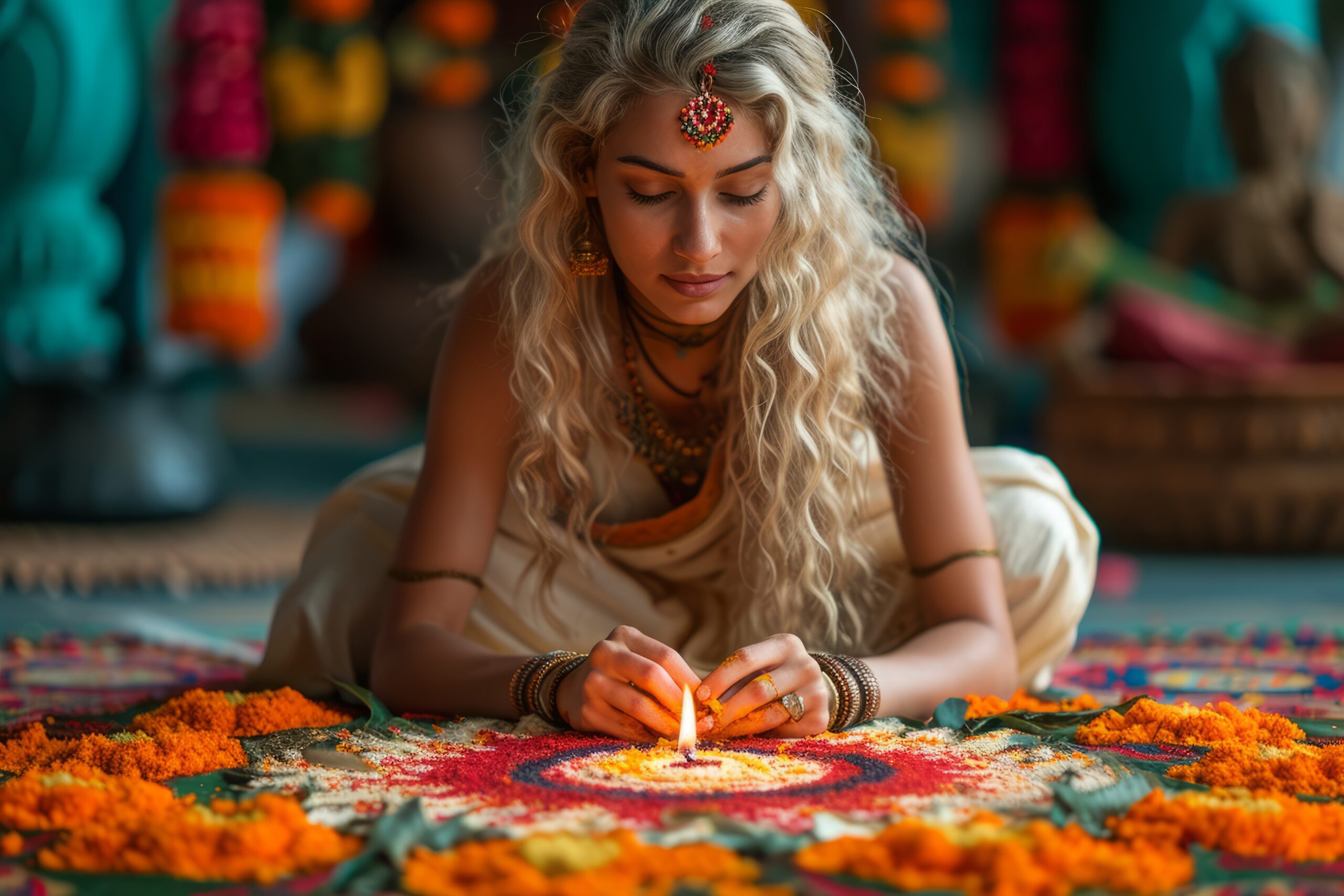
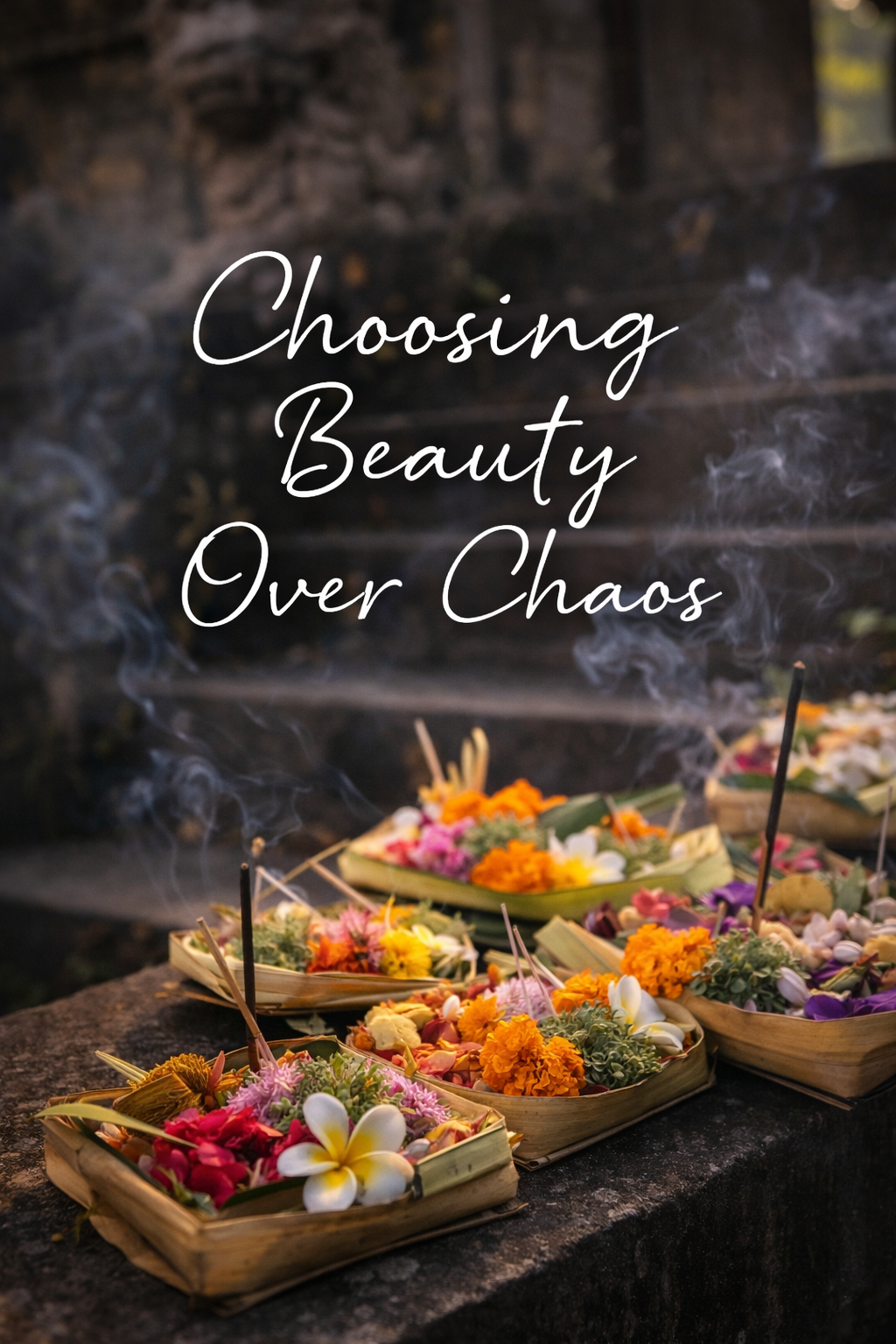
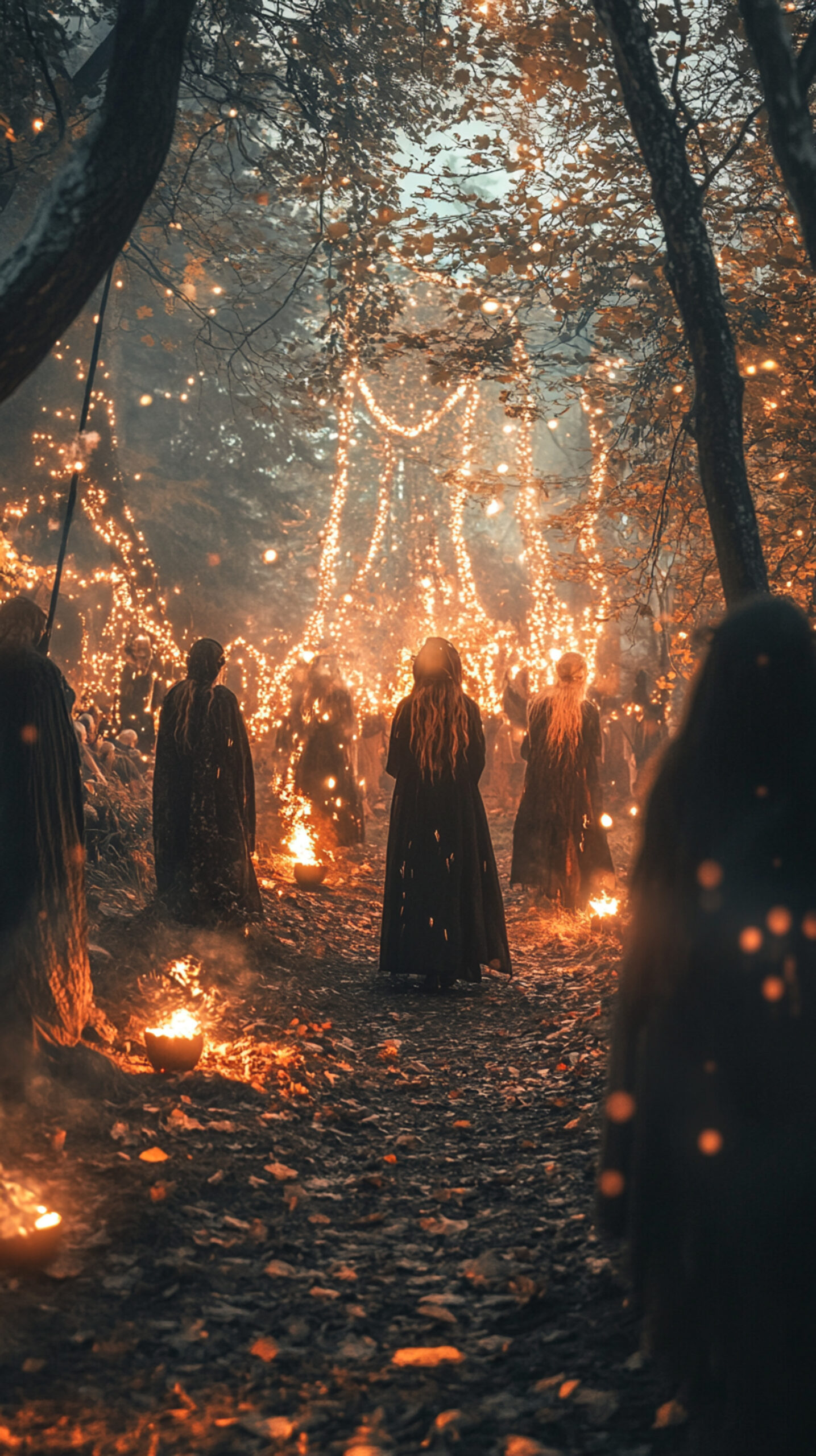


Share your reflection below... I’d love to hear how this transmission lands for you.
This reflection space is part of a living temple of dialogue, a place for insight, resonance, and respectful exchange. All comments are read with care and may be lovingly edited for clarity, formatting, or safety before publication. Please share from your heart, speak with kindness, and keep this space high in frequency. Promotional links, aggressive language, or off-topic content will be removed. Thank you for honoring the spirit of this sanctuary.